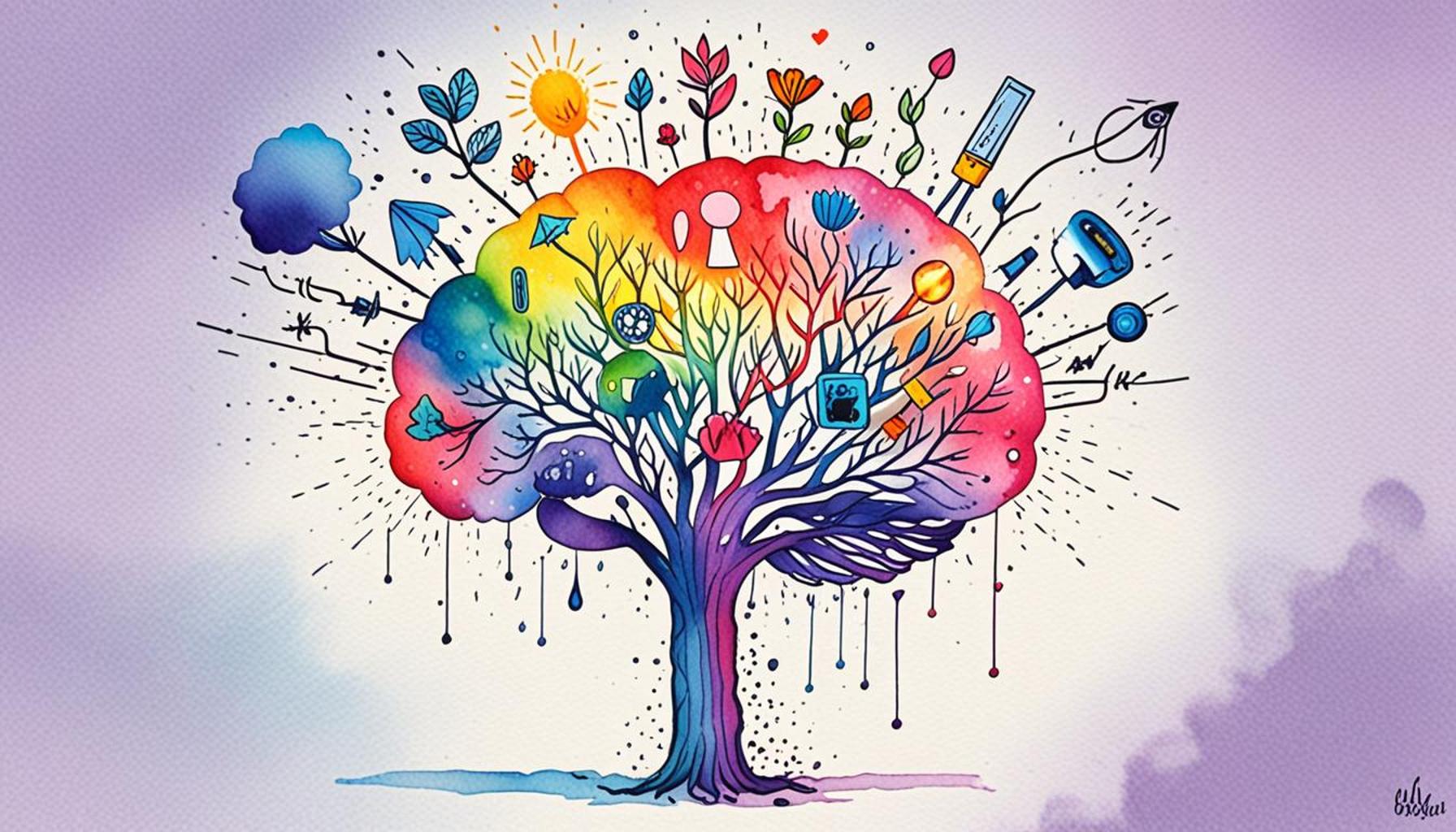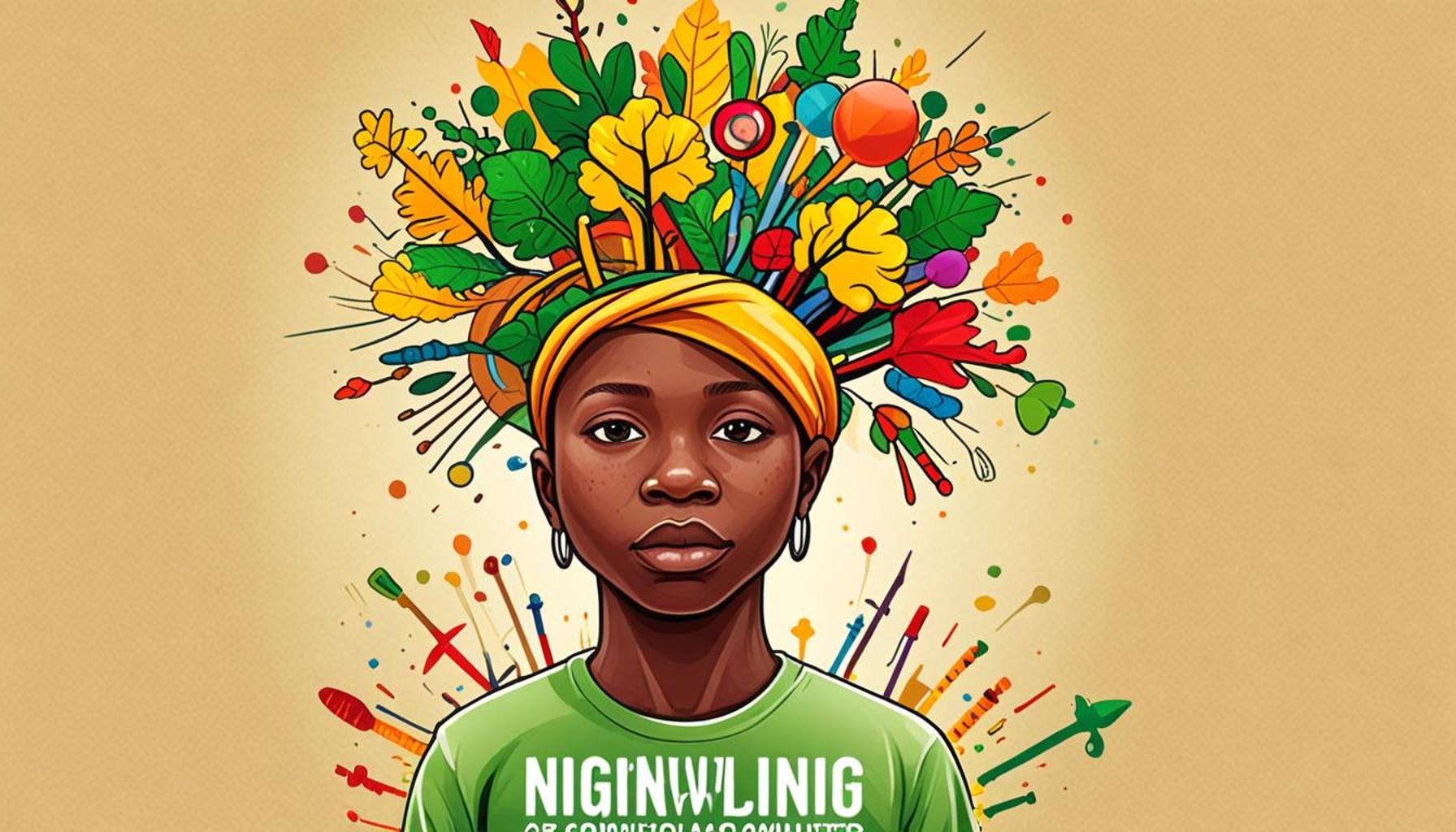Resilience Techniques Learning from Failure and Success Experiences

Building a Stronger You: The Power of Resilience
In today’s fast-paced world, the ability to bounce back from setbacks is crucial. Resilience empowers individuals to face challenges head-on and leverage experiences—both failures and successes—to foster personal growth. Whether in career or personal life, adopting a resilience-focused approach can significantly enhance your growth mindset.
As we delve into this topic, understand that learning from both triumphs and mistakes is essential. Resilience is not just about enduring hardship; it’s about extracting valuable lessons to navigate future obstacles effectively. By cultivating resilience, we build a foundation for success that goes beyond mere achievements.
Get ready to explore our carefully curated ranking of the Top 5 techniques for developing resilience, aimed at transforming your perspectives on failure and success. These methodologies are designed to inspire and guide you on your journey towards a more resilient self.
LEARN MORE: This related article may interest you
Top 5 Techniques for Building Resilience: Learning from Experiences of Failure and Success
In today’s fast-paced and often unpredictable world, the ability to bounce back from setbacks and persevere through challenges is more crucial than ever. As individuals face inevitable ups and downs in personal and professional realms, developing resilience becomes a cornerstone of sustainable success. Resilience is not merely about surviving adversity; it is about thriving and learning from every experience, whether marked by failure or success. This article explores five compelling techniques for building resilience, ranked from the least effective to the most compelling, allowing individuals to cultivate a growth mindset and propel themselves forward.

5. Embracing Vulnerability
Often perceived as a weakness, vulnerability is, paradoxically, one of the most profound strengths an individual can harness. The willingness to embrace vulnerability signifies a bold step towards self-improvement and authenticity. When we confront our fears and uncertainties head-on, we foster a sense of courage and transparency.
Acknowledge your feelings and fears: By openly recognizing emotions rather than suppressing them, you create room for personal insight and healing. This acknowledgment helps deconstruct the barriers that typically impede progress.
Share your experiences with others: Vulnerability, when shared, becomes a conduit for deeper relationships and connections. For instance, leaders who share their challenges tend to gain the respect of their teams, cultivating environments of trust and collaboration.
Use vulnerability as a tool for growth: Through vulnerability, individuals learn valuable lessons about empathy and compassion, essential components in every personal and professional setting. Renowned authors like Brené Brown highlight how vulnerability fosters creativity and innovation in workplaces by promoting risk-taking without fear of judgment.
Ultimately, embracing vulnerability can transform our understanding of failure, underscoring that it is not a definitive measure of our worth but rather a stepping stone to greater awareness and improvement.
4. Reframing Failure
The concept of failure often comes laden with negative connotations. However, by reframing failure as an integral part of the learning process, individuals can unlock new avenues for growth and discovery. This shift in mindset involves viewing mistakes not as setbacks but as opportunities to refine and enhance abilities.
Analyze the situation objectively: Separate emotions from logic when reviewing why something went wrong. Objective analysis can illuminate critical insights that emotional responses might obscure.
Identify specific lessons learned: Each failure holds lessons waiting to be unearthed. Entrepreneurs, for example, often note that failed ventures teach them more than successful ones, such as the importance of timing and market research.
Create a plan for future attempts: With a constructive plan that addresses past mistakes, individuals can approach future challenges better prepared, fostering a proactive rather than reactive mindset.
By reframing failure, we promote resilience and determination, transforming the narrative from one of defeat to one of valuable experience and future potential.
3. Developing Strong Support Networks
Human beings are inherently social creatures, and the power of community cannot be overstated when it comes to building resilience. A strong support network provides emotional sustenance, diverse perspectives, and practical advice during challenging times.
Access to diverse perspectives: Engaging with a wide array of individuals can offer fresh insights and innovative solutions that might otherwise remain undiscovered in isolation.
Emotional support during tough times: Knowing that there are people who care and are willing to listen creates a safety net, which can alleviate feelings of isolation and foster a sense of belonging.
Encouragement and motivation: A well-nurtured network will cheer an individual on, offering motivation to continue striving for goals even when faced with hurdles.
Nurturing and maintaining these connections are integral to quickly rebounding from setbacks, reminding us that together, we can achieve more than we could alone.
2. Practicing Self-Compassion
Self-compassion is the gentle art of treating oneself with the same kindness and understanding reserved for others. In the context of resilience, practicing self-compassion mitigates the harshness of self-criticism, allowing individuals to recover more swiftly from setbacks.
Positive self-talk: Replace negative thoughts with affirming statements. Encouraging self-dialogue can transform the way individuals perceive their capabilities in the face of adversity.
Validate your feelings: Accept emotions as legitimate responses to situations. By validating emotions, individuals acknowledge their humanity, diminishing feelings of inadequacy that shame often perpetuates.
Engage in self-care practices: Activities such as meditation, exercise, or hobbies serve not only to rejuvenate but also to reinforce self-worth and emotional resilience.
Ultimately, embracing self-compassion fosters an environment where personal growth can thrive, unhindered by self-imposed limitations.
1. Cultivating a Growth Mindset
The concept of a growth mindset, coined by psychologist Carol Dweck, emphasizes that intelligence and abilities can be developed through dedication and resilience. Cultivating this mindset is pivotal in establishing resilience as a core personal attribute.
Embrace challenges: Rather than shying away from difficult tasks, view them as exhilarating opportunities to expand your skillset and knowledge base.
Seek constructive feedback: Constructive criticism becomes a catalyst for personal evolution when viewed from a growth-oriented perspective. Companies like Google foster such mindsets, encouraging employees to take calculated risks and learn from failures.
Celebrate effort and persistence: By valuing the learning journey over the end result, individuals remain motivated, driving continuous improvement and innovation.
The growth mindset fundamentally changes the way we approach life’s challenges, revealing that our potential is continuously evolving rather than fixed. By embedding this mindset into our daily lives, we not only bolster our resilience but also unlock unlimited possibilities for success.
In conclusion, the challenges and hurdles encountered on the path to personal and professional achievement serve as invaluable lessons, paving the way for growth and resilience. Through the deliberate application of these top five techniques—embracing vulnerability, reframing failure, developing support networks, practicing self-compassion, and cultivating a growth mindset—individuals can transcend perceived limitations, crafting a narrative of unlimited potential and enduring success. The journey to resilience is ongoing, inviting individuals to continually learn, adapt, and strive for greater heights.
| Category | Details |
|---|---|
| Learning from Failures | Each failure provides an opportunity for growth, revealing insights into what strategies do not work, allowing individuals to adjust their approaches. Resilience is strengthened by analyzing setbacks and transforming them into constructive feedback. |
| Adapting to Change | In a rapidly changing environment, being flexible and adaptive is key. Resilience involves the ability to modify strategies and expectations in light of new challenges, which enhances problem-solving skills and creative thinking. |
| Building Support Networks | Connecting with others who share similar experiences can provide emotional support and practical advice. Establishing a strong community strengthens one’s ability to cope with difficulties, serving as a reminder that others are navigating similar challenges. This connection can act as a buffer against stress and uncertainty. |
| Positive Mindset | Cultivating a positive outlook can significantly affect one’s resilience. A positive mindset empowers individuals to see challenges as opportunities for improvement, fostering persistence and motivation. Optimism is a vital element that can help individuals bounce back from adversity more effectively. |
The exploration of resilience construction underscores the importance of actively engaging with both successes and failures. Each category reflects vital strategies that contribute to resilience, demonstrating that the path to personal and communal strength often traverses the rocky terrain of experience. Whether through reflecting on failures, adapting to changes, fostering supportive relationships, or nurturing a positive outlook, individuals can learn vital lessons that not only empower personal growth but also cultivate a wider understanding of mutual support in learning experiences. Engaging deeply with these techniques provides pathways for developing a robust resilience framework, inviting broader discussions on the role of resilience in various aspects of life and work.
CHECK OUT: Click here to explore more
Frequently Asked Questions on Building Resilience
How can failure serve as a tool for building resilience?
Failure, often seen as a setback, can actually be a powerful catalyst for personal growth and resilience. By analyzing failures, individuals can identify weaknesses and areas for improvement, fostering a mindset geared towards continuous development. Moreover, learning from failures helps in developing a sense of perseverance, a crucial component of resilience. When you view failure as an opportunity to gain insights and refine strategies, it transforms into a valuable educational experience.
What role does success play in enhancing resilience?
While failure can teach valuable lessons, success also plays a significant role in building resilience. Achieving goals bolsters confidence and reinforces the belief in one’s abilities. This confidence becomes a reservoir of strength during challenging times. Additionally, analyzing the factors that led to success can create a roadmap for future endeavors, ensuring the replication of effective strategies. Celebrating successes, therefore, reinforces a resilient mindset by highlighting what is possible when efforts align with strategic action.
Are there specific techniques that can help foster resilience through these experiences?
Yes, there are several methods to build resilience through learning from both failures and successes. One effective technique is the practice of reflective journaling, where individuals regularly document their experiences, insights, and emotional responses. This practice promotes self-awareness and the ability to monitor personal growth over time. Another technique is seeking feedback from mentors or peers, which helps in gaining different perspectives and constructive criticism. Engaging in continuous learning and skill development also keeps the mind sharp and adaptable, further strengthening resilience.
How can individuals maintain resilience in the face of ongoing challenges?
Maintaining resilience amidst ongoing challenges requires a proactive approach. One important factor is developing a strong support network—family, friends, or professional mentors—who can provide encouragement and advice. Additionally, setting realistic goals and focusing on incremental progress can prevent overwhelm and maintain motivation. Practicing mindfulness and stress-reduction techniques like meditation or exercise also enhances emotional regulation and mental fortitude. By integrating these habits into daily life, individuals can better withstand and bounce back from adversities.
SEE ALSO: Click here to read another article
Conclusion: Embracing Resilience through Experience
As we unravel the art of resilience, one of the most illuminating insights is how pivotal both failures and successes are in shaping our fortitude. Learning from adversity, rather than succumbing to it, is a hallmark of the growth mindset, empowering individuals to rise stronger from each setback. This perspective encourages not just passive endurance, but active engagement in problem-solving.
An essential aspect highlighted is the role of self-reflection. Analyzing past experiences, whether triumphant or challenging, offers invaluable lessons that foster personal growth. This process is enriched by adopting a mindset that views obstacles not as insurmountable barriers, but as opportunities for development.
The article also delves into the significance of support systems. Communities, mentors, and peers provide the emotional and motivational scaffolding necessary to navigate life’s ups and downs. By leaning on these networks, individuals are better equipped to overcome adversity and celebrate accomplishments.
Another critical takeaway is the development of adaptive strategies, which are crucial for maintaining resilience. These involve setting realistic goals, being flexible in the face of change, and maintaining a positive outlook. Such strategies enable individuals to bounce back from difficulties and capitalize on their successes.
In summary, resilience is a multifaceted skill built through a deliberate, reflective process. By drawing on past experiences, leveraging support systems, and employing adaptive strategies, one embarks on a transformative journey. The path of resilience not only fortifies our resolve but also enriches our capacity to thrive amidst life’s inevitable challenges.
In embracing a growth mindset, we discover that resilience is not a fixed trait but a dynamic quality, cultivated through our ongoing experiences. This understanding beckons us to continually strive, learn, and grow, propelling us toward a future where setbacks are merely stepping stones to success.



